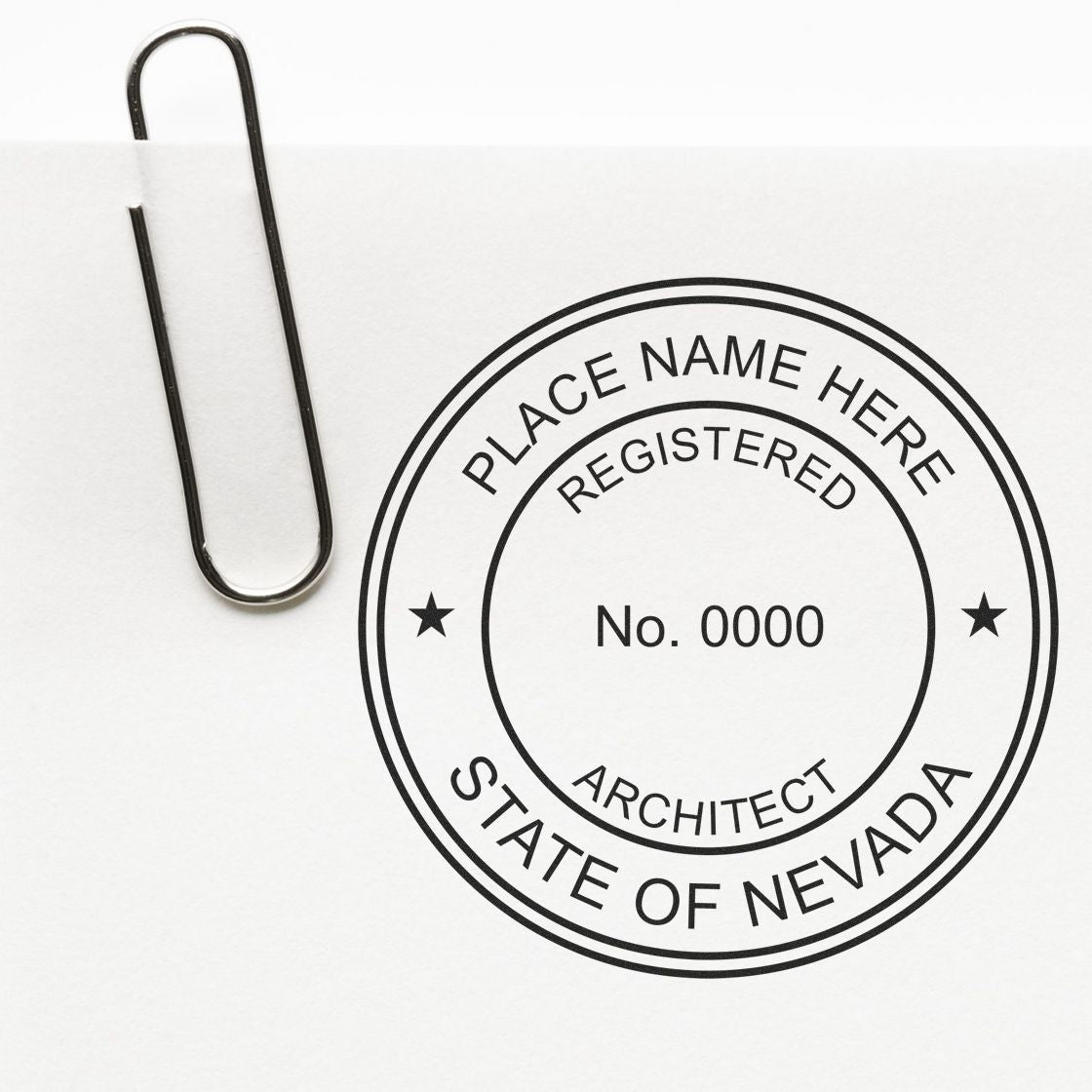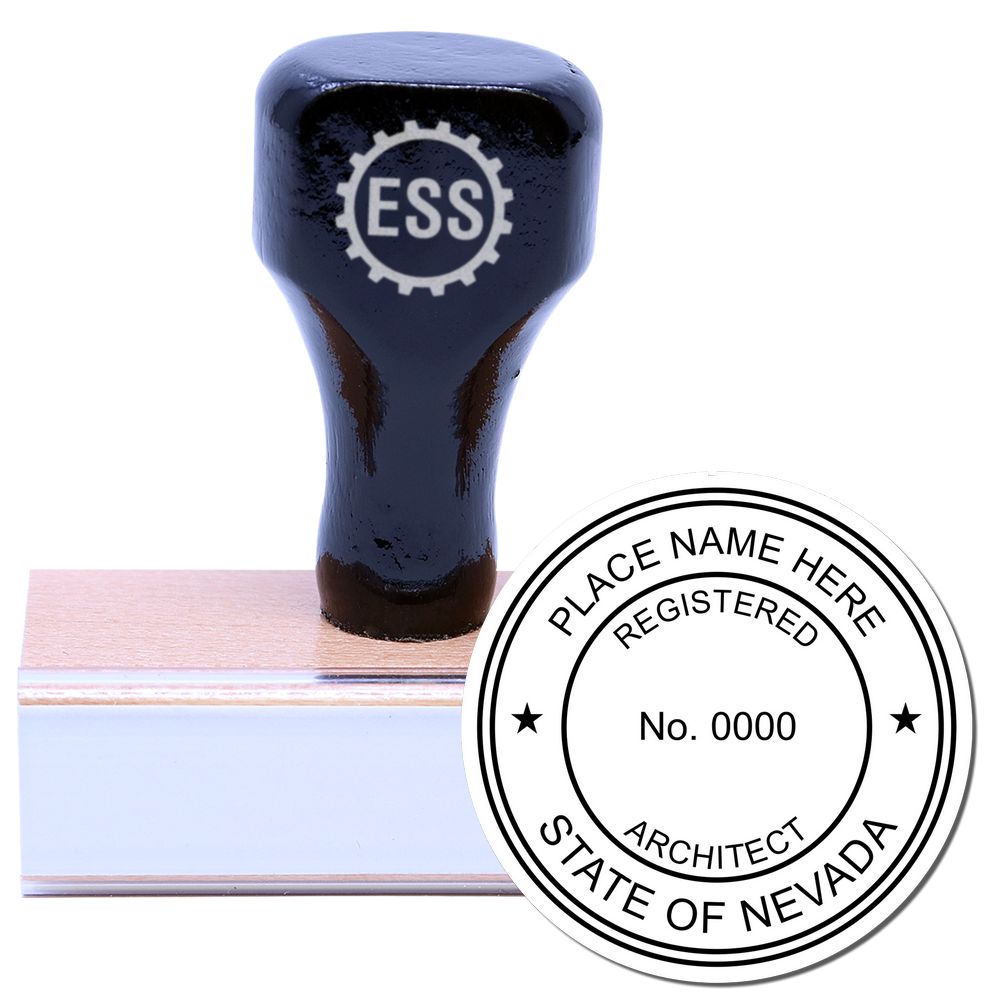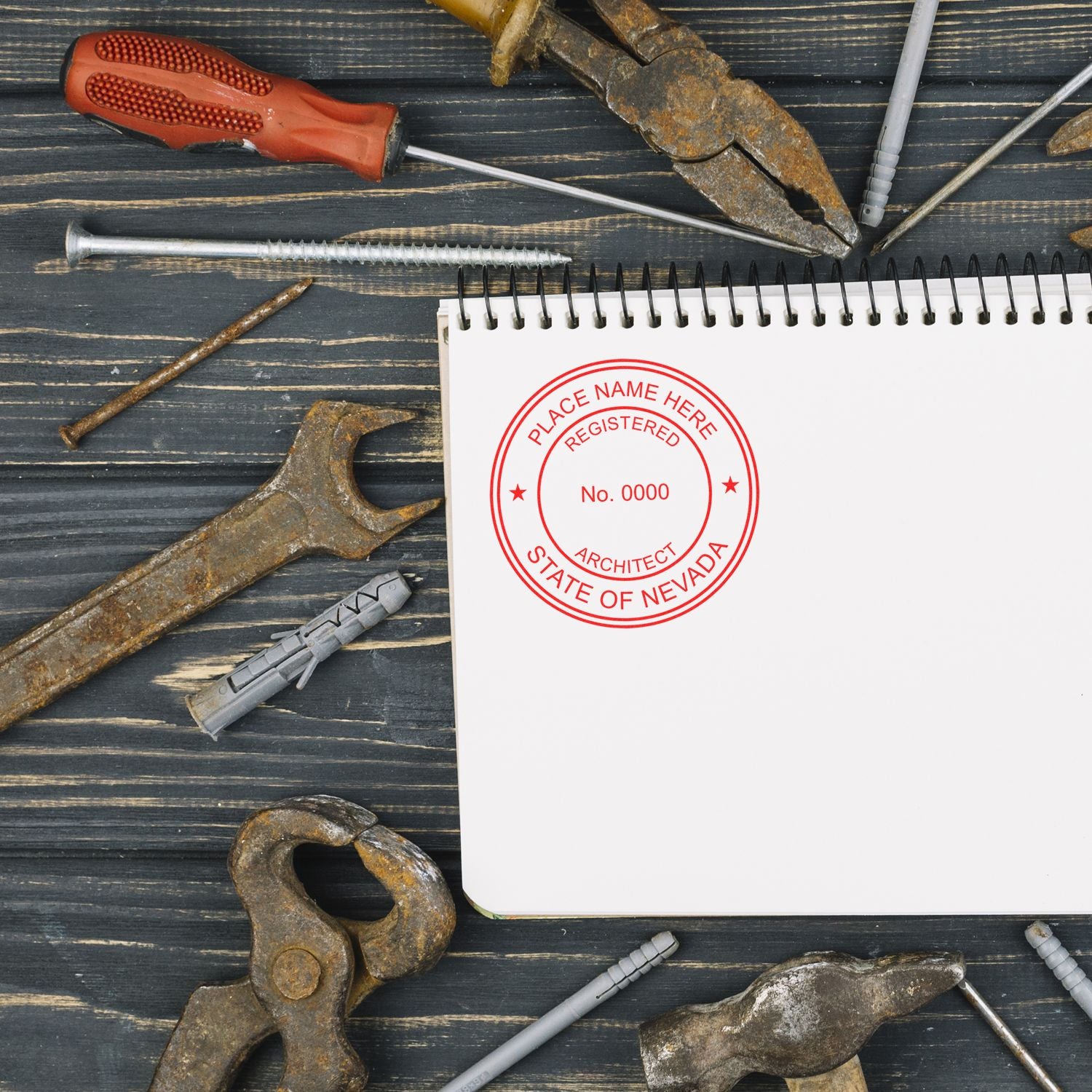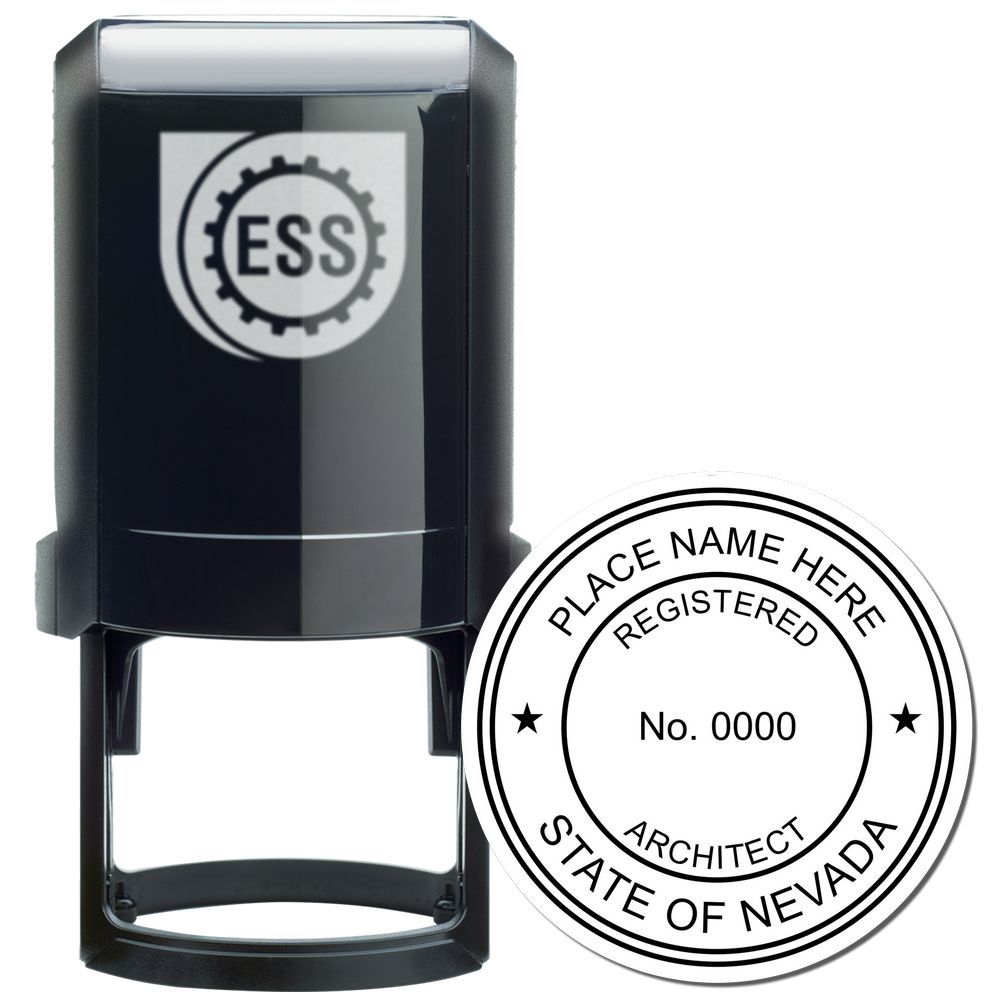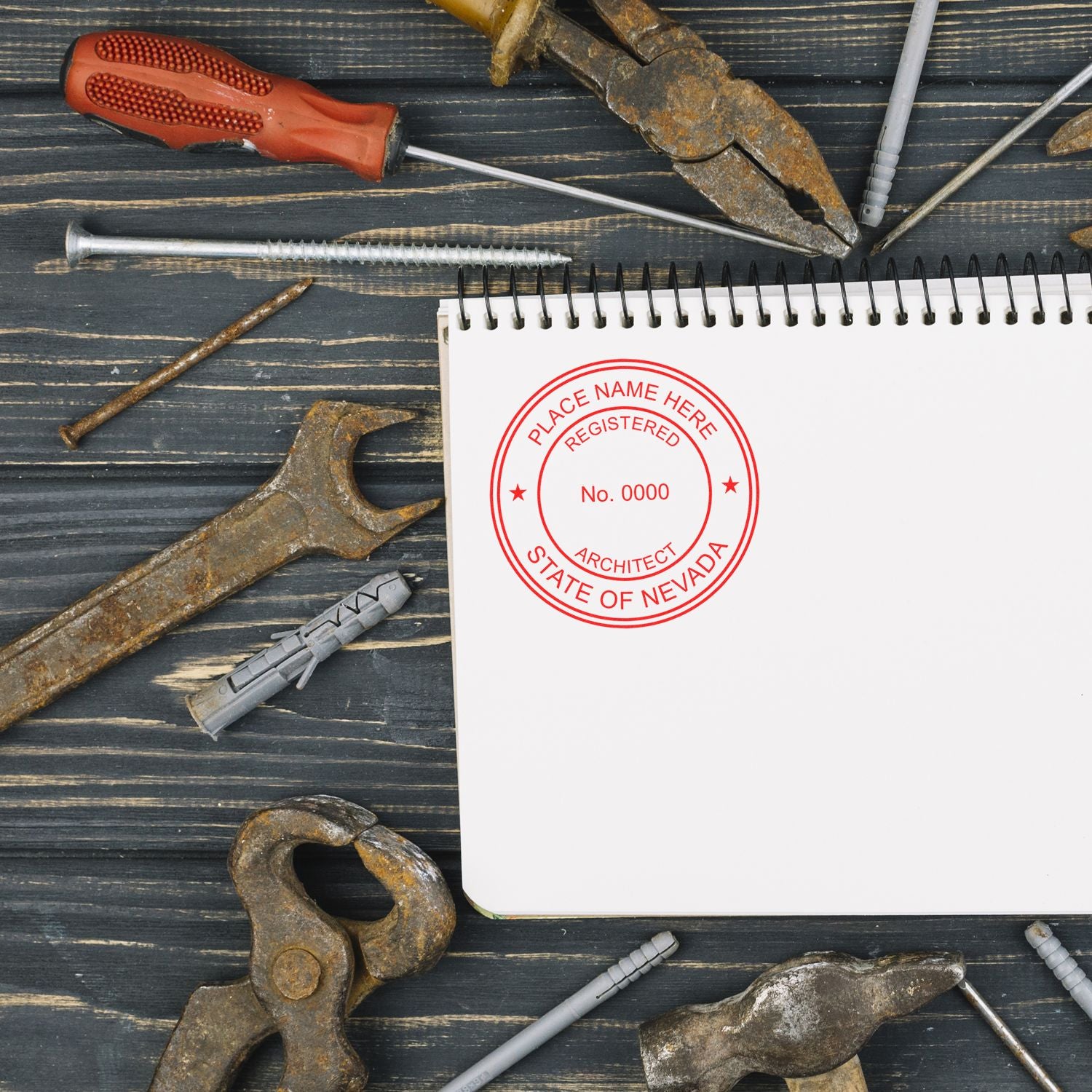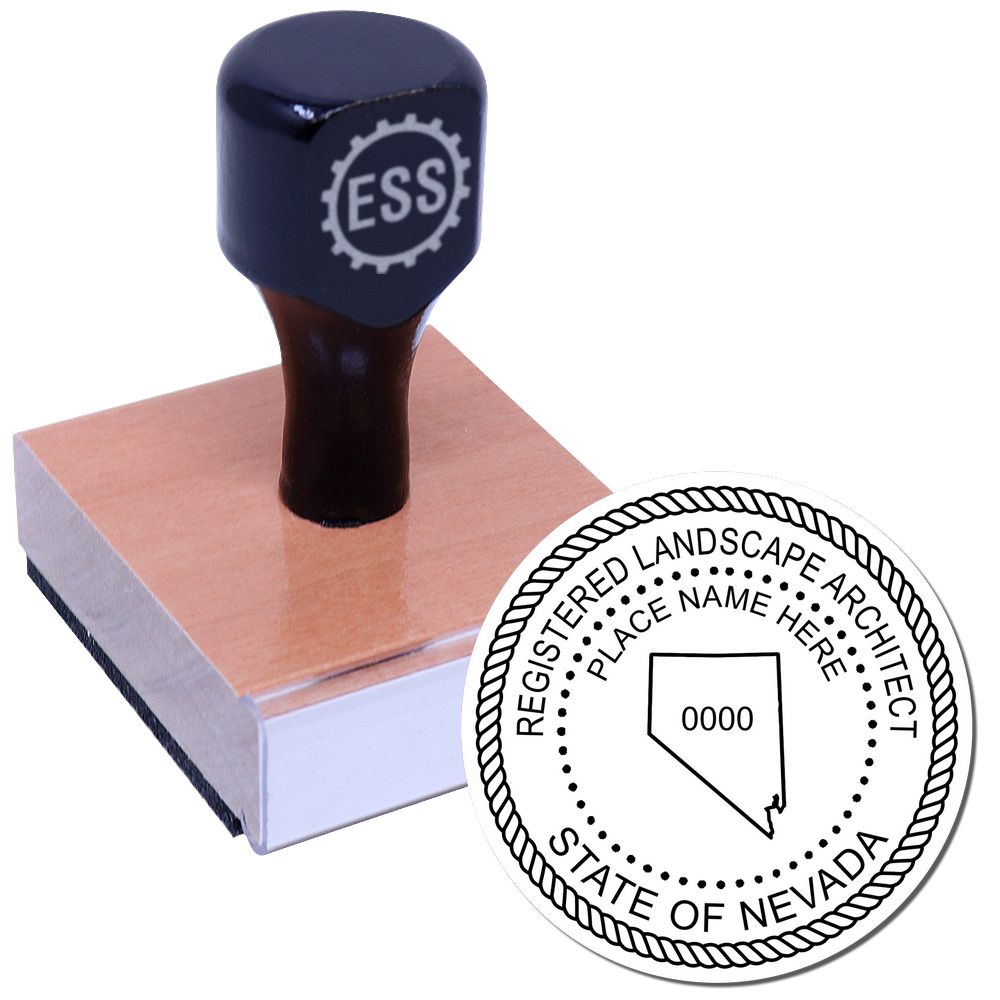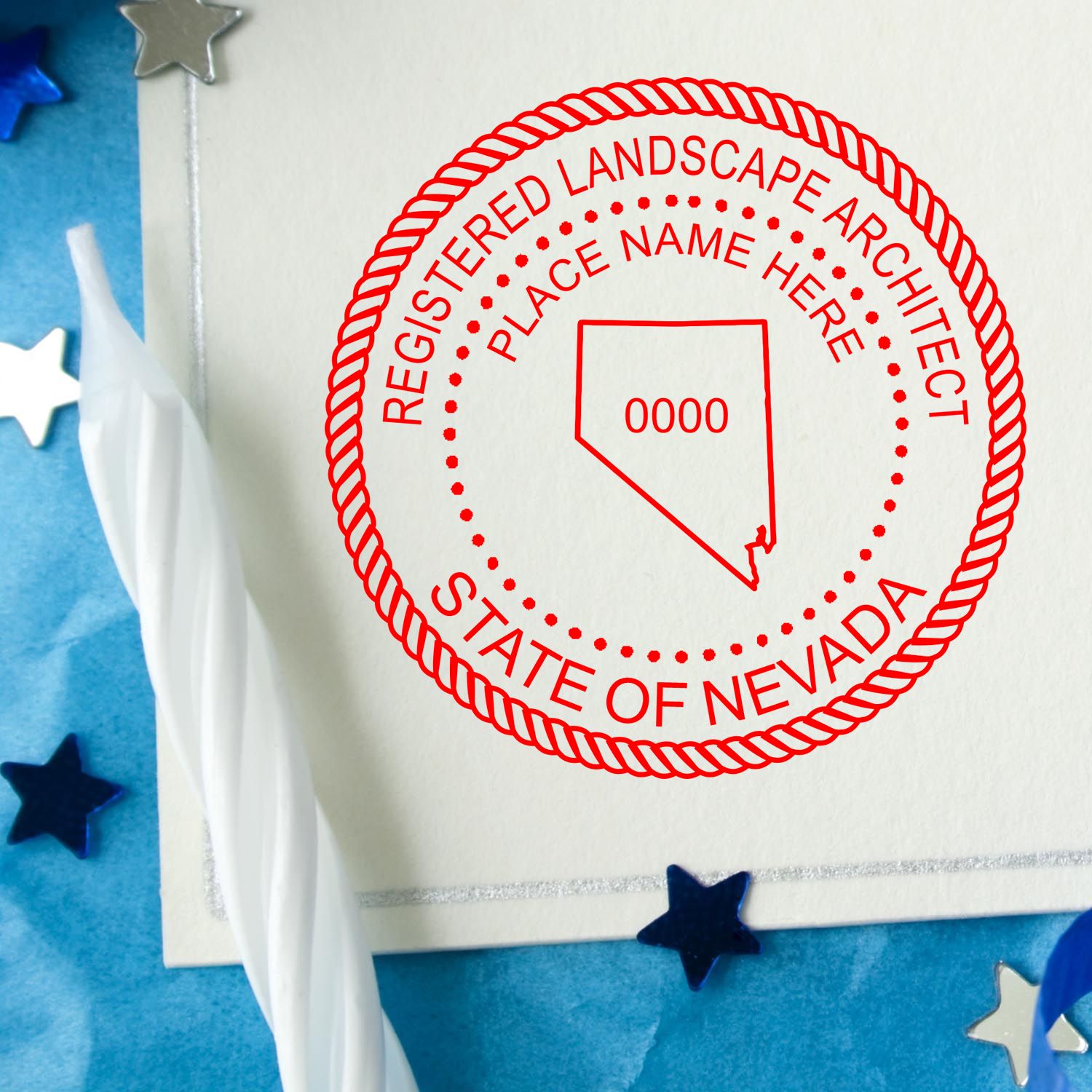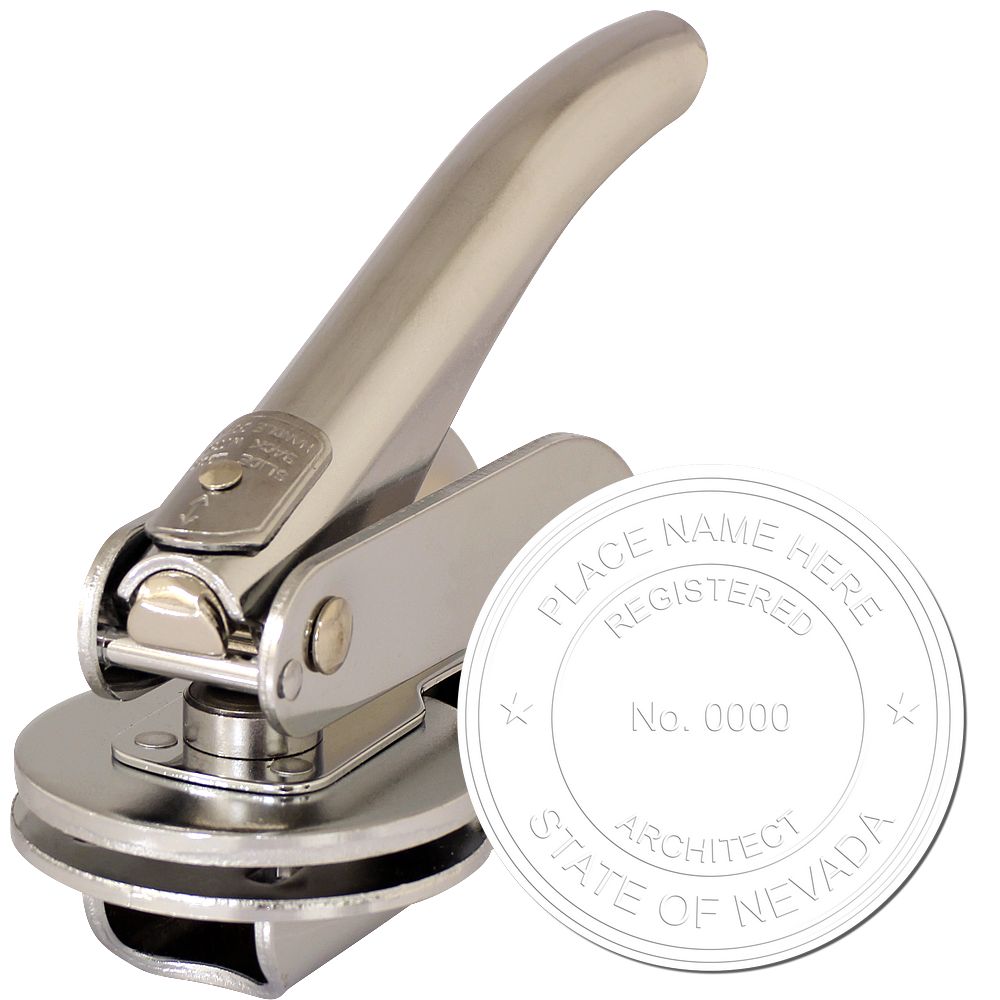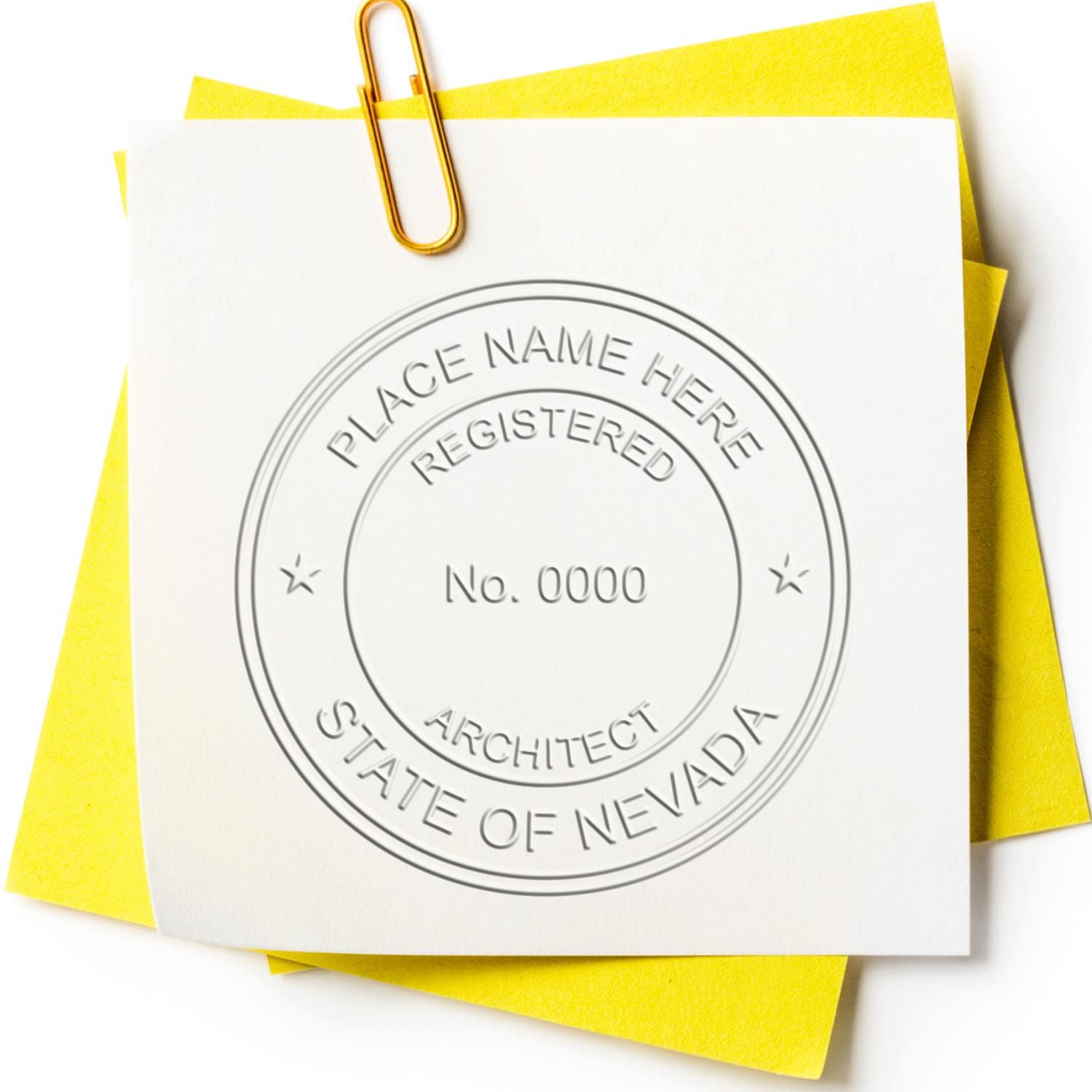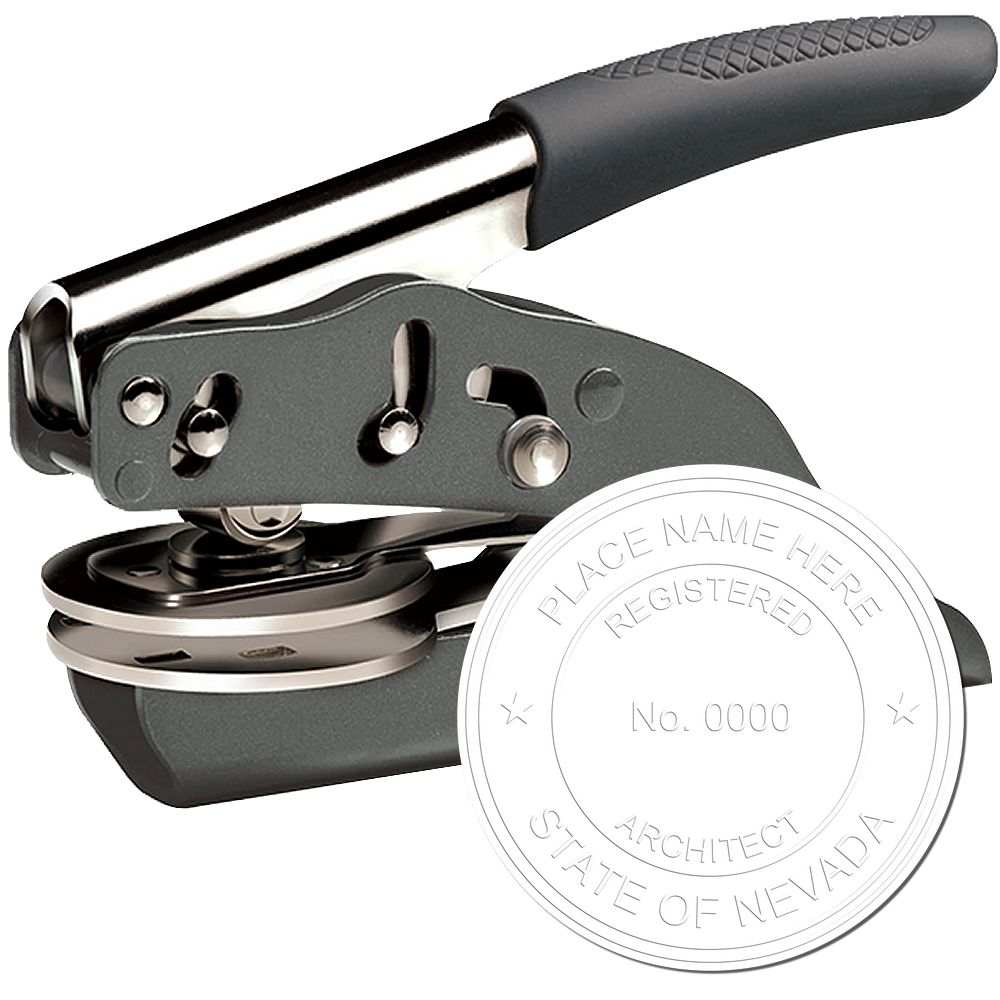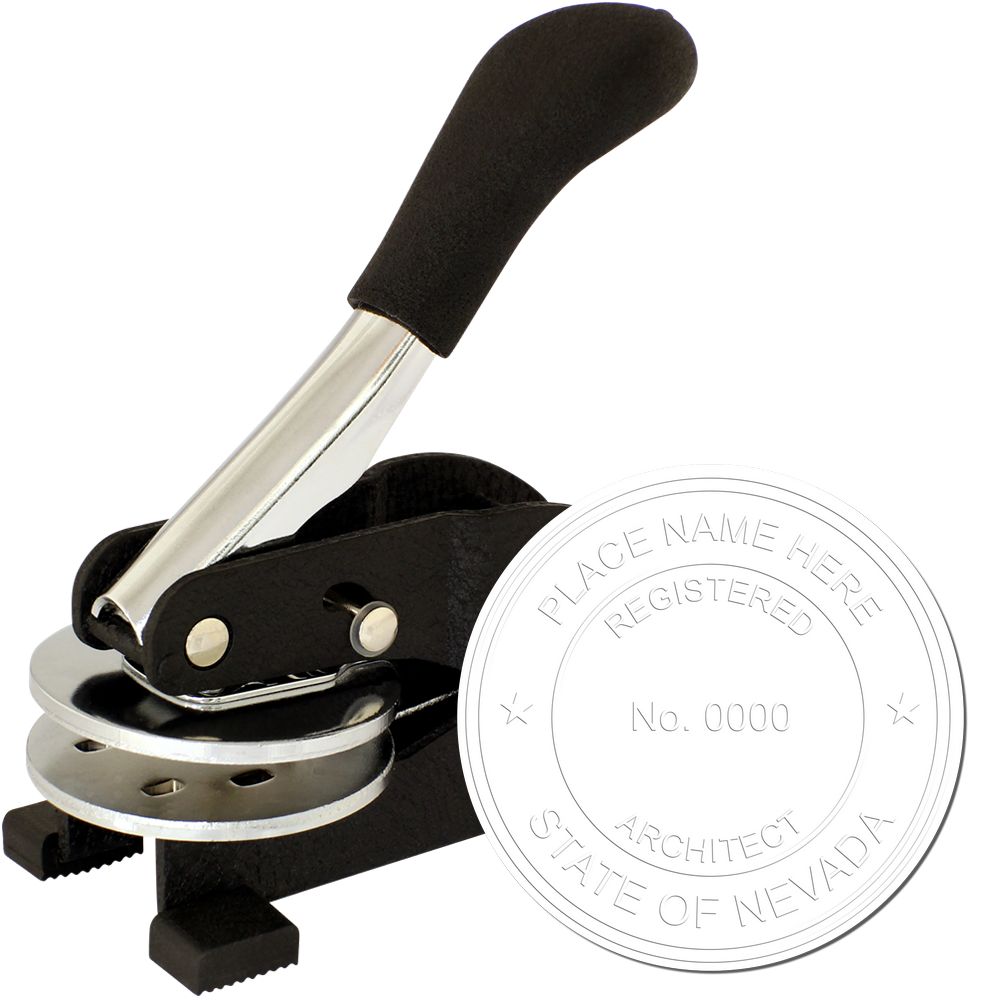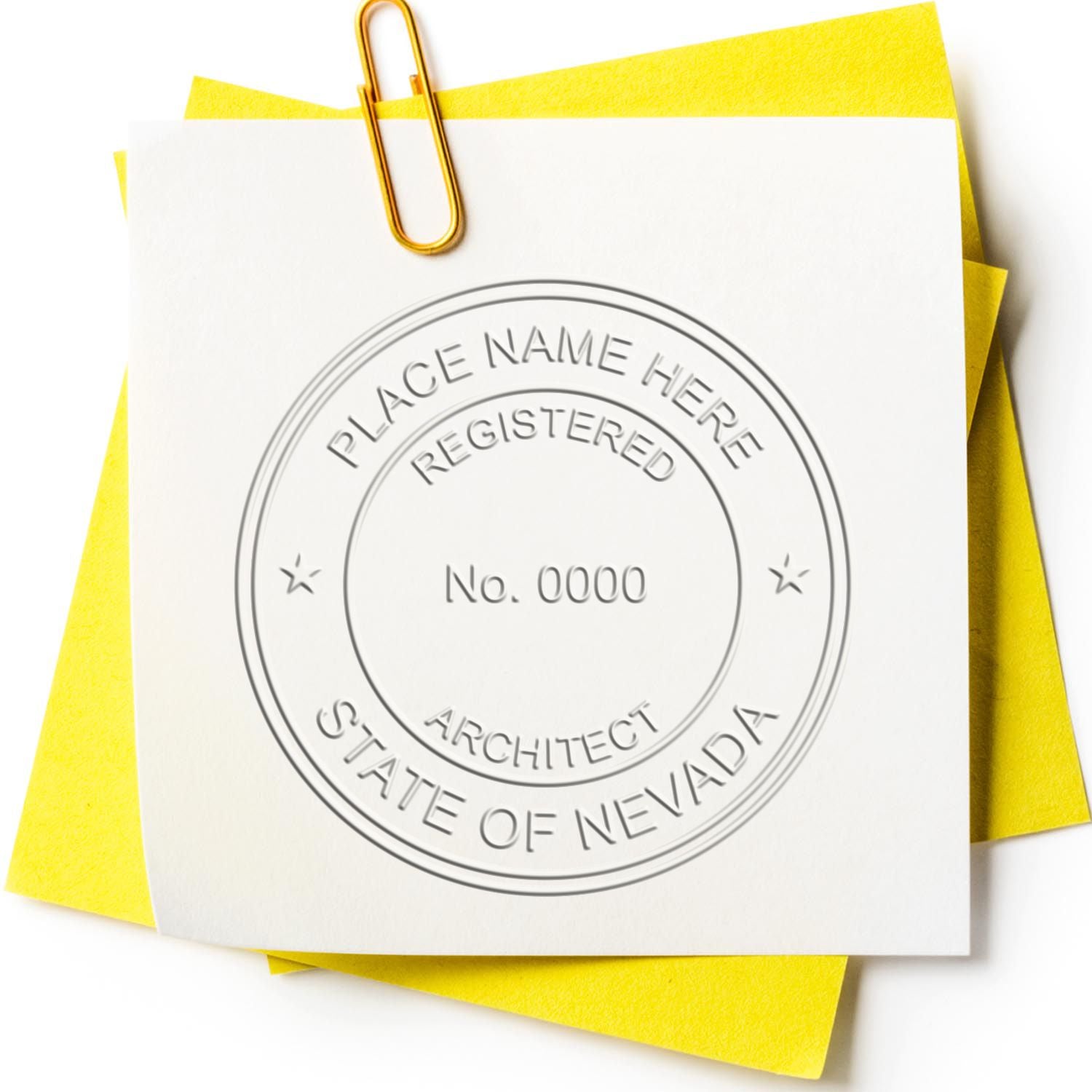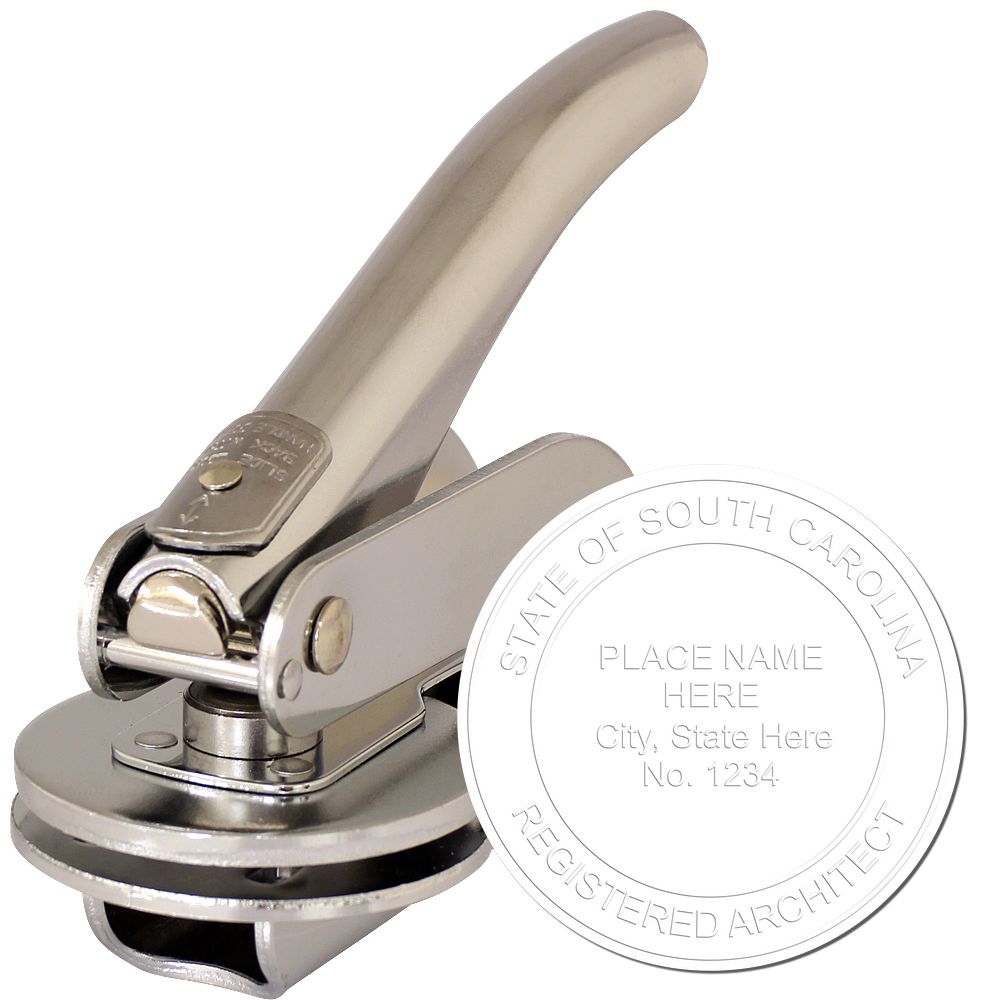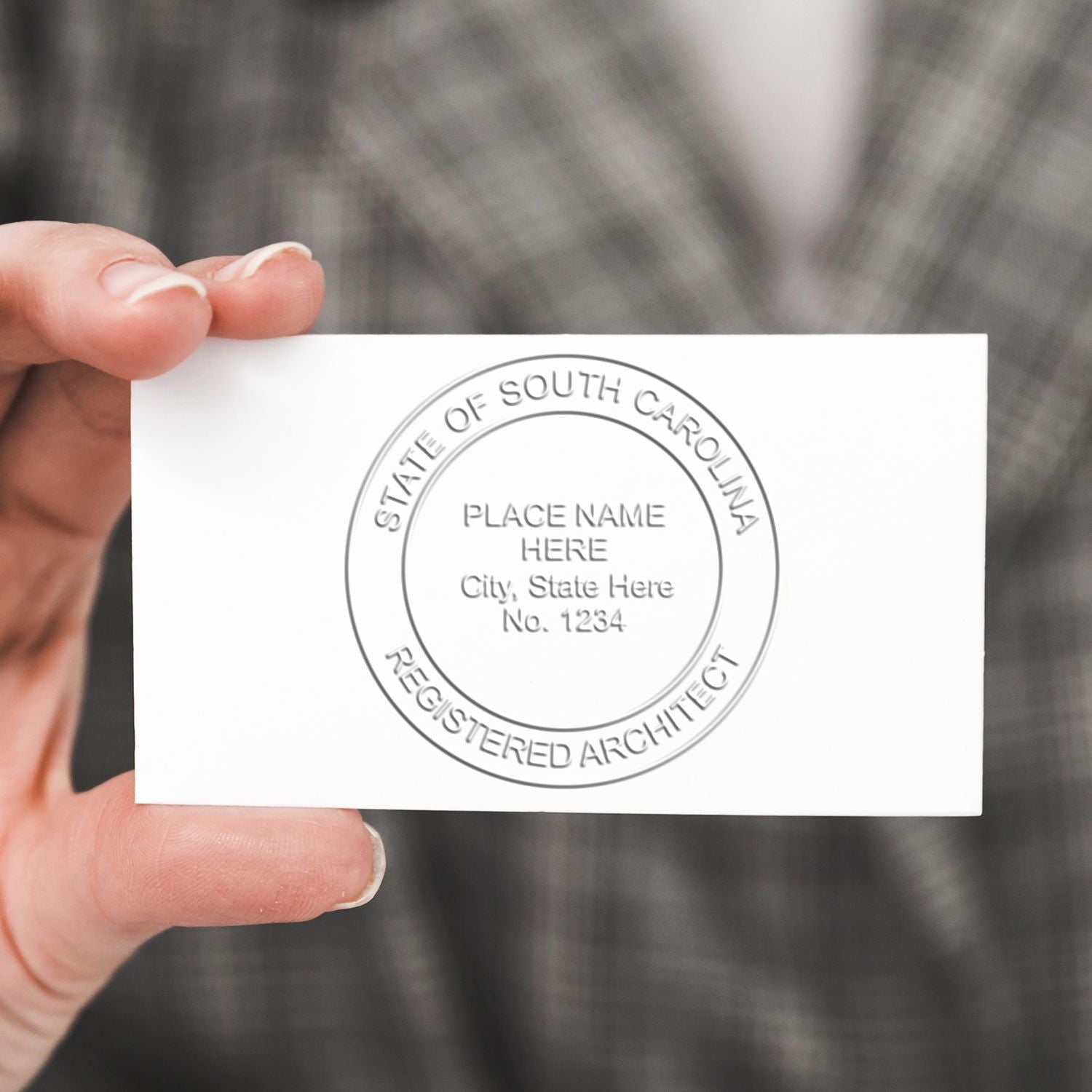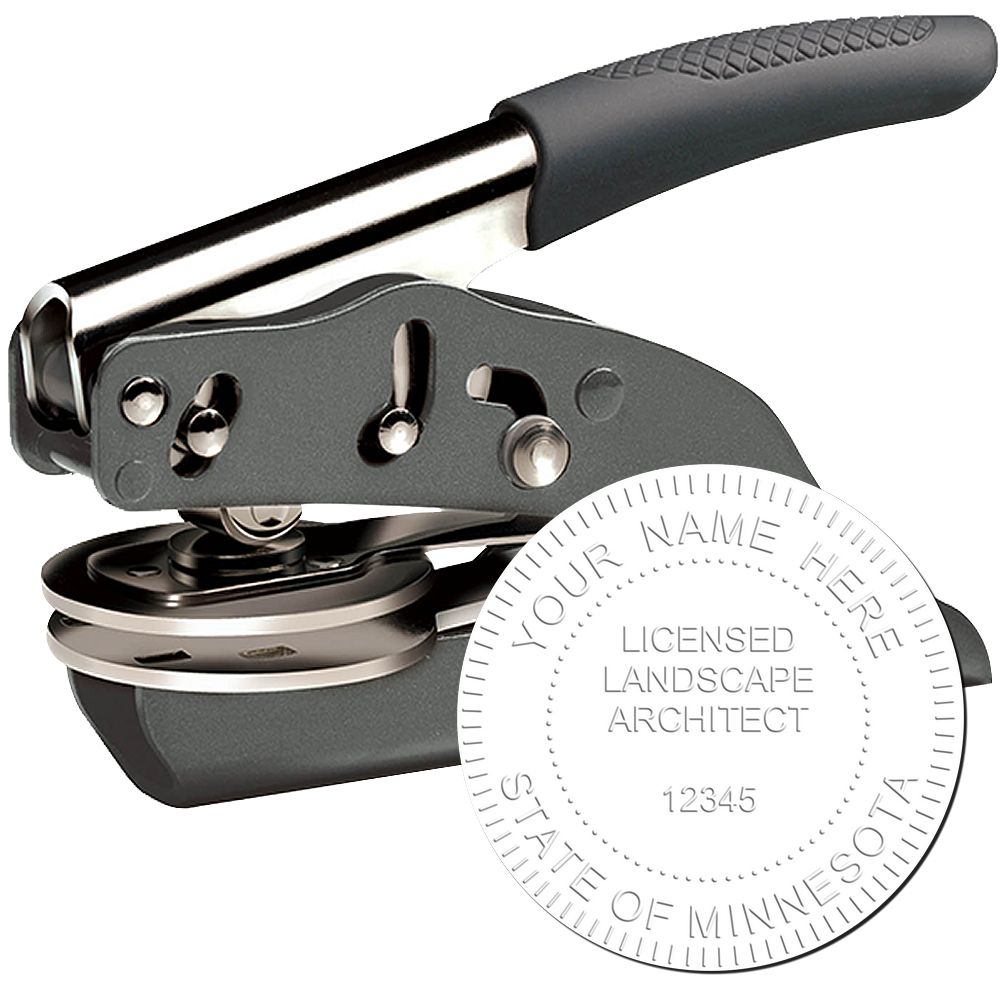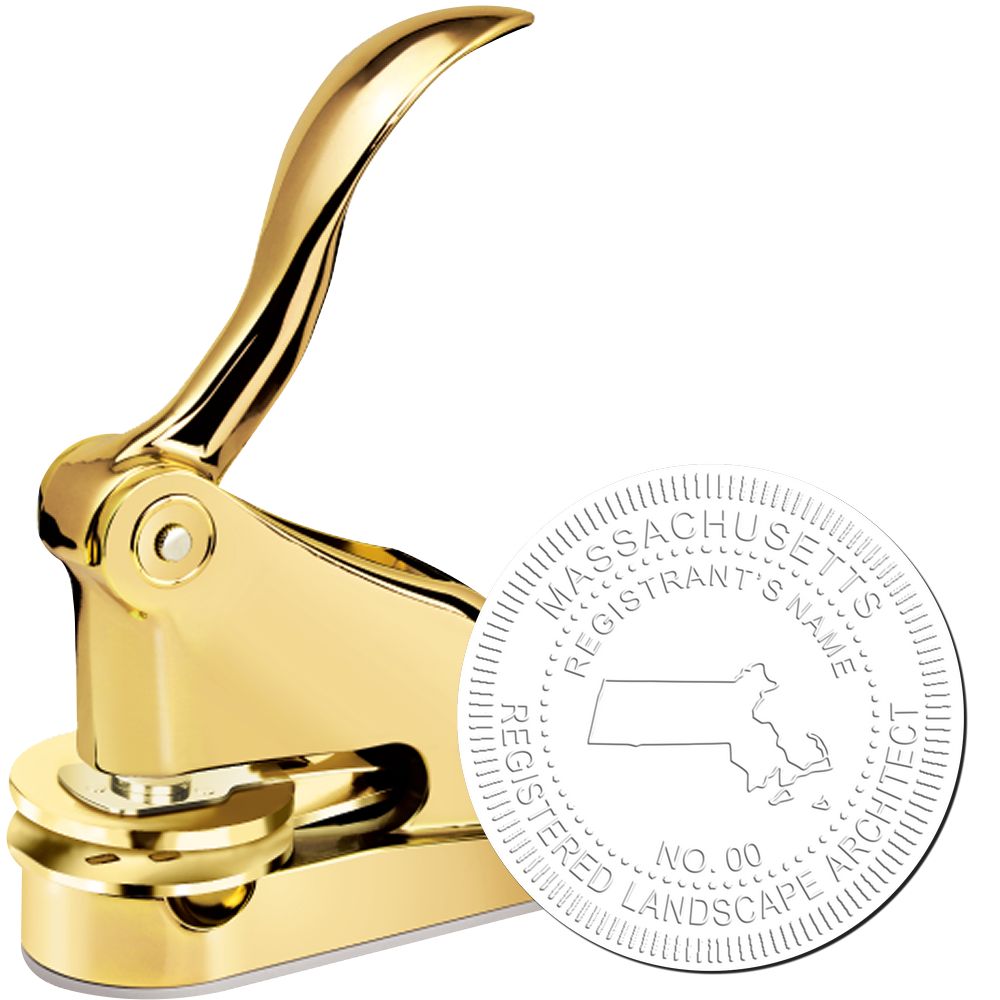The Importance of Architectural Stamps in Nevada
Architectural stamps play a crucial role in the field of architecture in Nevada. These stamps serve as official endorsements of an architect's work, indicating that it meets the necessary standards and regulations set forth by the state. In this section, we will explore the significance of architectural stamps and why they are essential for architects practicing in Nevada.
Understanding Architectural Stamps
Architectural stamps are official marks or seals that architects affix to their drawings, plans, or other architectural documents. These stamps signify that the architect responsible for the project is licensed and authorized to practice architecture in the state of Nevada. The stamps typically include the architect's name, license number, and other relevant information.
Architectural stamps act as a form of verification and accountability. They provide assurance to clients, building officials, and the public that the architect's work complies with the necessary laws, codes, and regulations. It is crucial for architects to understand the requirements and guidelines for using architectural stamps in Nevada to ensure compliance with the state regulations.
To learn more about the specific requirements for architectural stamps in Nevada, you can refer to our article on Nevada Architect Stamps.
Why Architects Need Stamps in Nevada
Architects in Nevada are legally required to use architectural stamps on their documents. The Nevada State Board of Architecture, Interior Design, and Residential Design (NSBAIDRD) mandates the use of stamps as a means to protect the health, safety, and welfare of the public.
By affixing an architectural stamp to their documents, architects take responsibility for the accuracy and integrity of their work. Stamps provide a level of assurance that the architect is qualified, licensed, and accountable for the designs and plans they produce. This helps to maintain professional standards within the architectural industry and safeguards the interests of clients and the public.
Architectural stamps also play a crucial role in the approval process for building permits. Building officials and regulatory authorities rely on the presence of the stamp as evidence that the architect has complied with the necessary regulations and obtained the required approvals.
To understand the specific regulations and guidelines surrounding architectural stamps in Nevada, architects should refer to the state's official resources, such as the Nevada Architect Seal Requirements provided by the NSBAIDRD.
In summary, architectural stamps are essential for architects practicing in Nevada. They serve as official endorsements of an architect's qualifications and compliance with state regulations. By using architectural stamps, architects demonstrate their commitment to professionalism, accountability, and the well-being of the public.
Nevada Architectural Stamps
When practicing architecture in Nevada, it is important to understand the requirements and types of architectural stamps that are recognized and accepted in the state. Architectural stamps serve as a professional seal, indicating that the plans, drawings, or documents have been prepared by a licensed architect and comply with the relevant regulations and standards.
Requirements for Architectural Stamps in Nevada
In Nevada, architectural stamps are regulated by the Nevada State Board of Architecture, Interior Design, and Residential Design (NSBAIDRD). To use an architectural stamp in the state, architects must meet specific requirements outlined by the board. These requirements may include:
-
Licensure: Architects must hold a valid license issued by the NSBAIDRD to utilize an architectural stamp. The board sets the standards for licensure, which typically involve completing a professional degree in architecture, gaining practical experience, and passing the Architect Registration Examination (ARE).
-
Continuing Education: Architects must fulfill continuing education requirements to maintain their license. This ensures that architects stay updated on the latest industry advancements, codes, and regulations.
For more detailed information on the requirements for architectural stamps in Nevada, consult our article on nevada architect seal requirements.
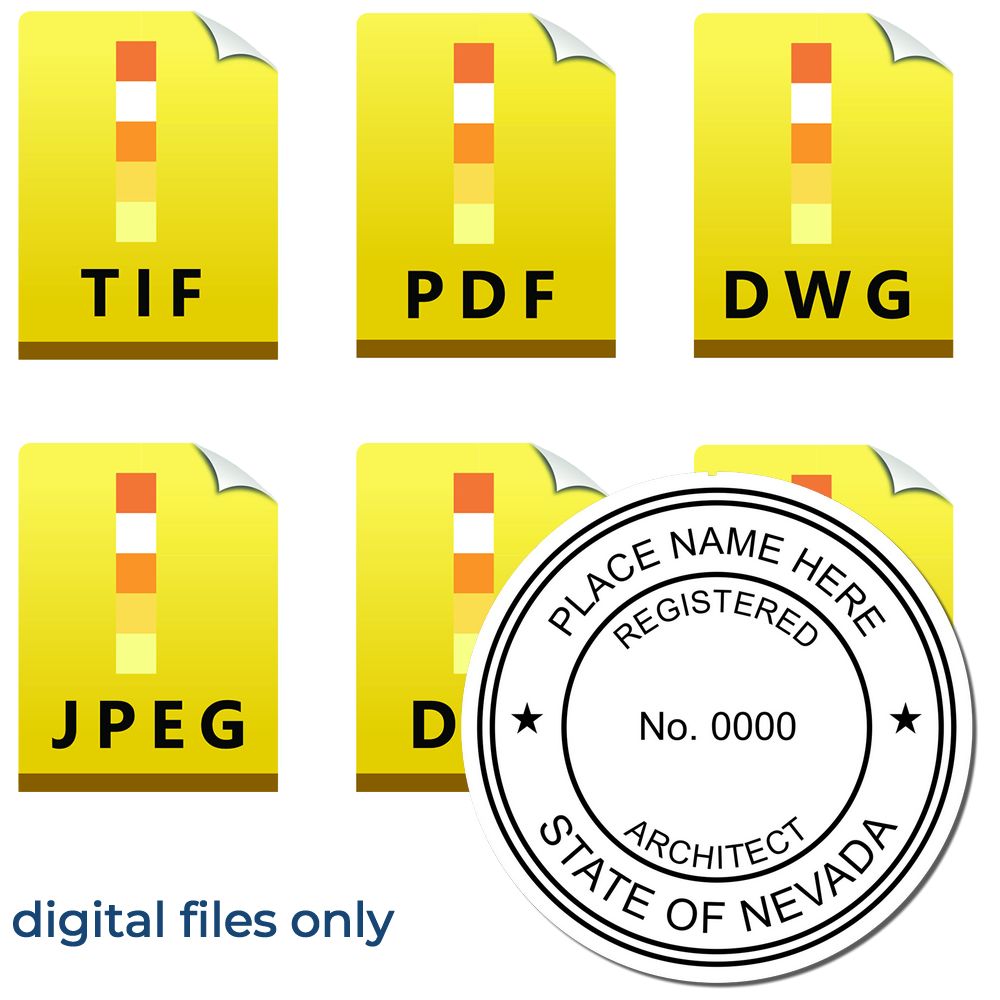
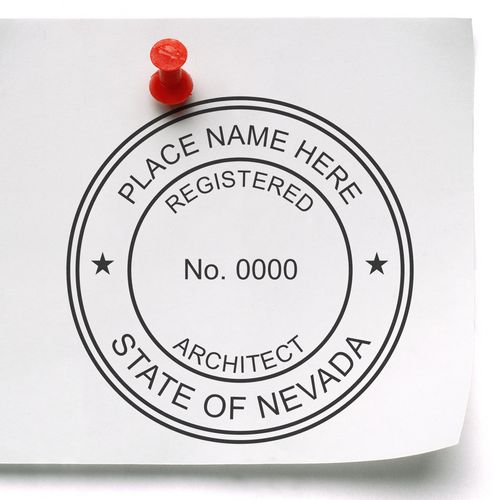

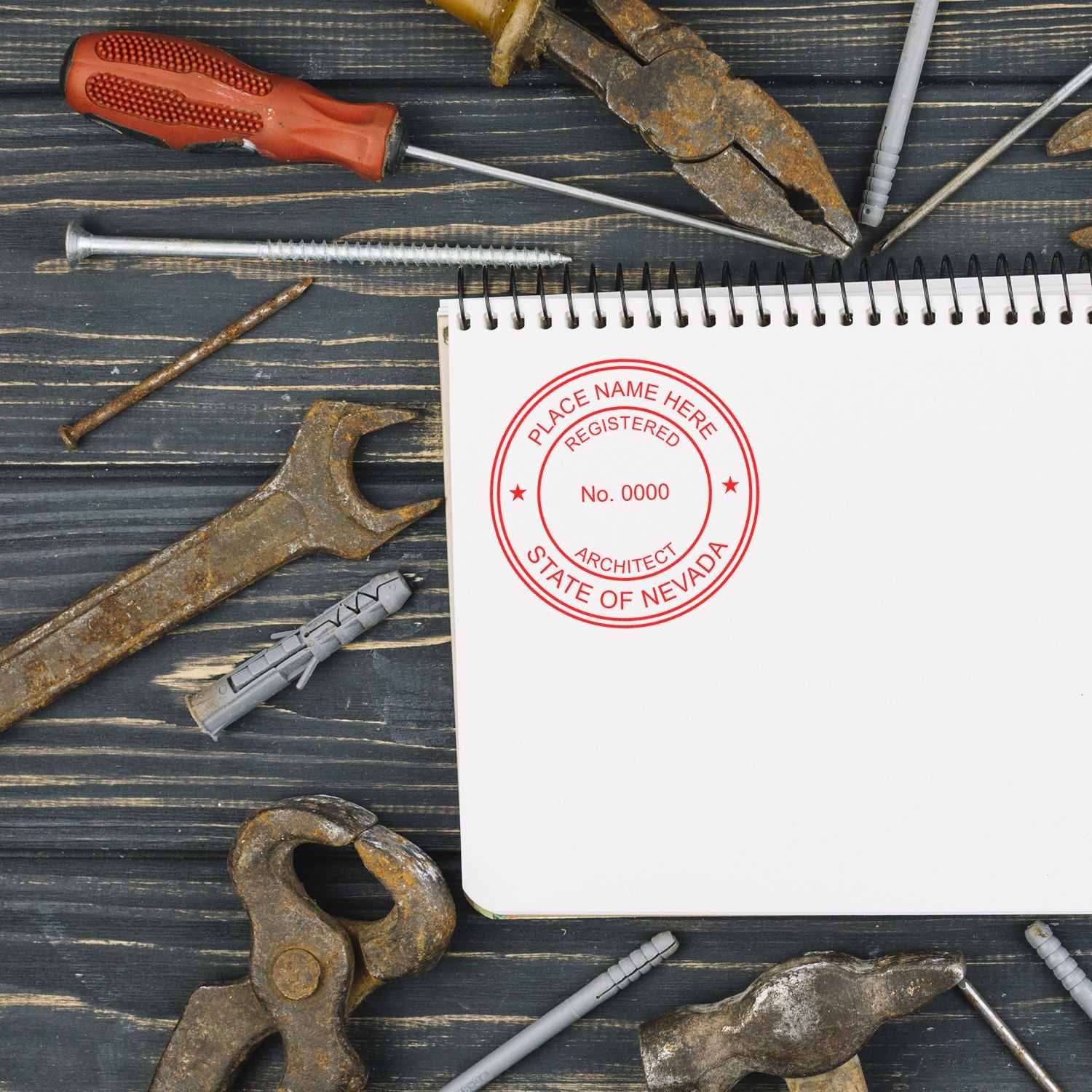
Different Types of Architectural Stamps
Architectural stamps come in various types, each serving a specific purpose. The most common types of architectural stamps include:
-
Professional Architect Stamp: This stamp is used to authenticate architectural plans, drawings, or other documents prepared by a licensed architect. It signifies that the architect takes professional responsibility for the design and compliance with relevant regulations. The professional architect stamp typically includes the architect's name, license number, and the words "Registered Architect" or similar phrasing.
-
Date Stamp: A date stamp is often used in conjunction with the professional architect stamp to indicate the date when the plans or documents were prepared or revised. Including a date stamp helps establish a clear timeline for the project.
-
Copy Stamp: A copy stamp is used to indicate that a document is a true copy of the original, particularly when reproducing plans or drawings. It helps prevent unauthorized alterations or misuse of the original documents.
-
Project-Specific Stamp: In some cases, architects may use project-specific stamps to provide additional information or branding for a particular project. These stamps may include the project name, address, or other relevant details.
It is essential for architects in Nevada to select the appropriate architectural stamp based on their specific needs and in accordance with the regulations set by the NSBAIDRD. For more guidance on selecting and using architectural stamps, refer to our article on architect stamping in Nevada.
Understanding the requirements and types of architectural stamps in Nevada is crucial for architects to ensure compliance with the state regulations and to maintain professionalism in their practice. By obtaining the necessary licensure and utilizing the appropriate architectural stamp, architects can confidently authenticate their work and demonstrate their expertise in the field.
How to Obtain an Architectural Stamp in Nevada
To practice as an architect in Nevada, it is essential to obtain the necessary architectural stamp or architect seal. This stamp serves as an official certification of your work and demonstrates your compliance with state regulations. In this section, we will explore the eligibility and licensing requirements for obtaining an architectural stamp in Nevada, as well as the process of applying for one.
Eligibility and Licensing Requirements
Before applying for an architectural stamp, it is important to ensure that you meet the eligibility and licensing requirements set by the Nevada State Board of Architecture, Interior Design, and Residential Design (NSBAID). The board regulates the architectural profession in Nevada and establishes the standards for licensure.
To be eligible for an architectural stamp in Nevada, you must:
- Hold a valid and active license issued by the NSBAID.
- Have completed the required education, experience, and examination requirements for licensure.
- Maintain compliance with all continuing education requirements set by the board.
It is crucial to familiarize yourself with the specific requirements outlined by the NSBAID to ensure that you meet all the necessary qualifications. For more detailed information, refer to our article on Nevada architect stamp requirements.
Applying for an Architectural Stamp
Once you have met the eligibility requirements, you can begin the process of applying for an architectural stamp in Nevada. Here are the general steps involved:
-
Gather the required documentation: Prepare all the necessary documents, which may include proof of education, experience, examination results, and any other documents specified by the NSBAID.
-
Complete the application: Fill out the official application form provided by the NSBAID. Ensure that all the information is accurate and up-to-date.
-
Submit the application: Send the completed application along with the required documents to the NSBAID. Be sure to comply with any submission deadlines specified by the board.
-
Pay the application fee: Include the appropriate application fee as outlined by the NSBAID. The fee may vary depending on the type of license and the stage of your application.
-
Application review: The NSBAID will review your application, verifying the provided information and assessing your eligibility for the architectural stamp. This process may take some time, so it is important to be patient.
Save 20%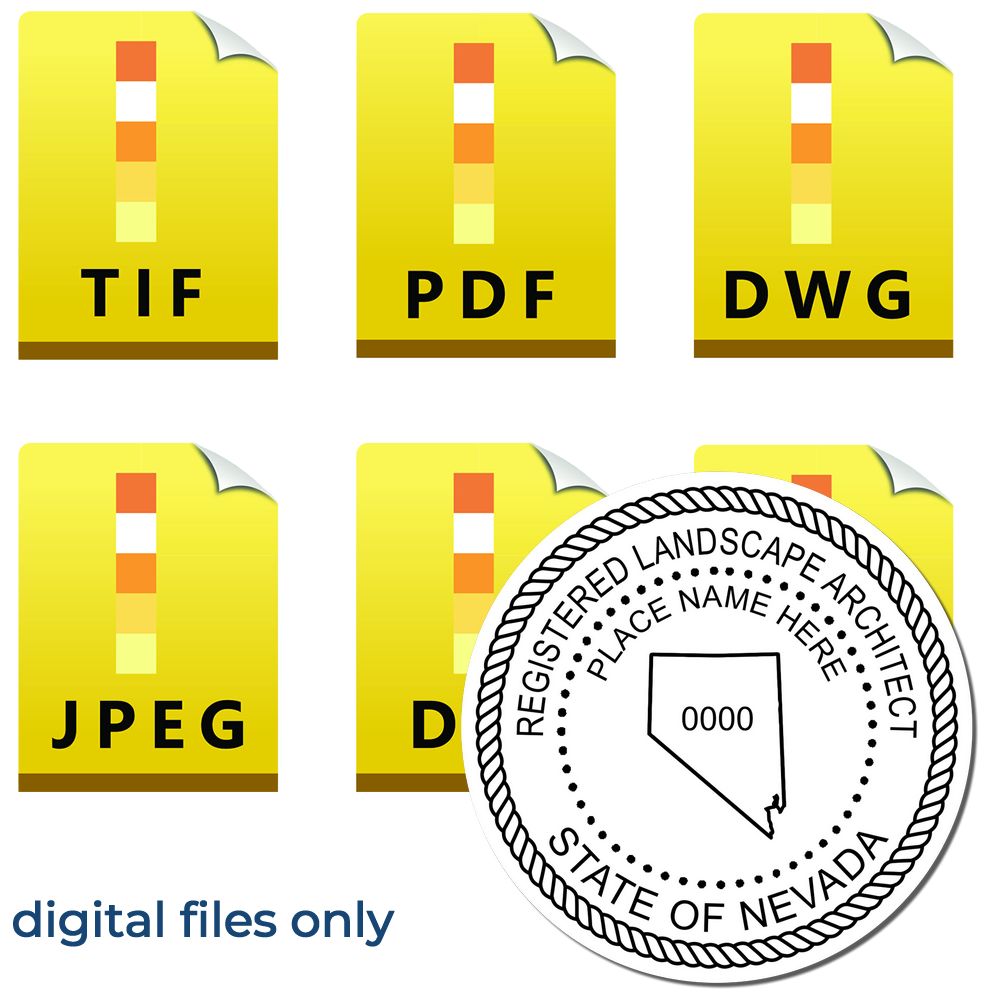
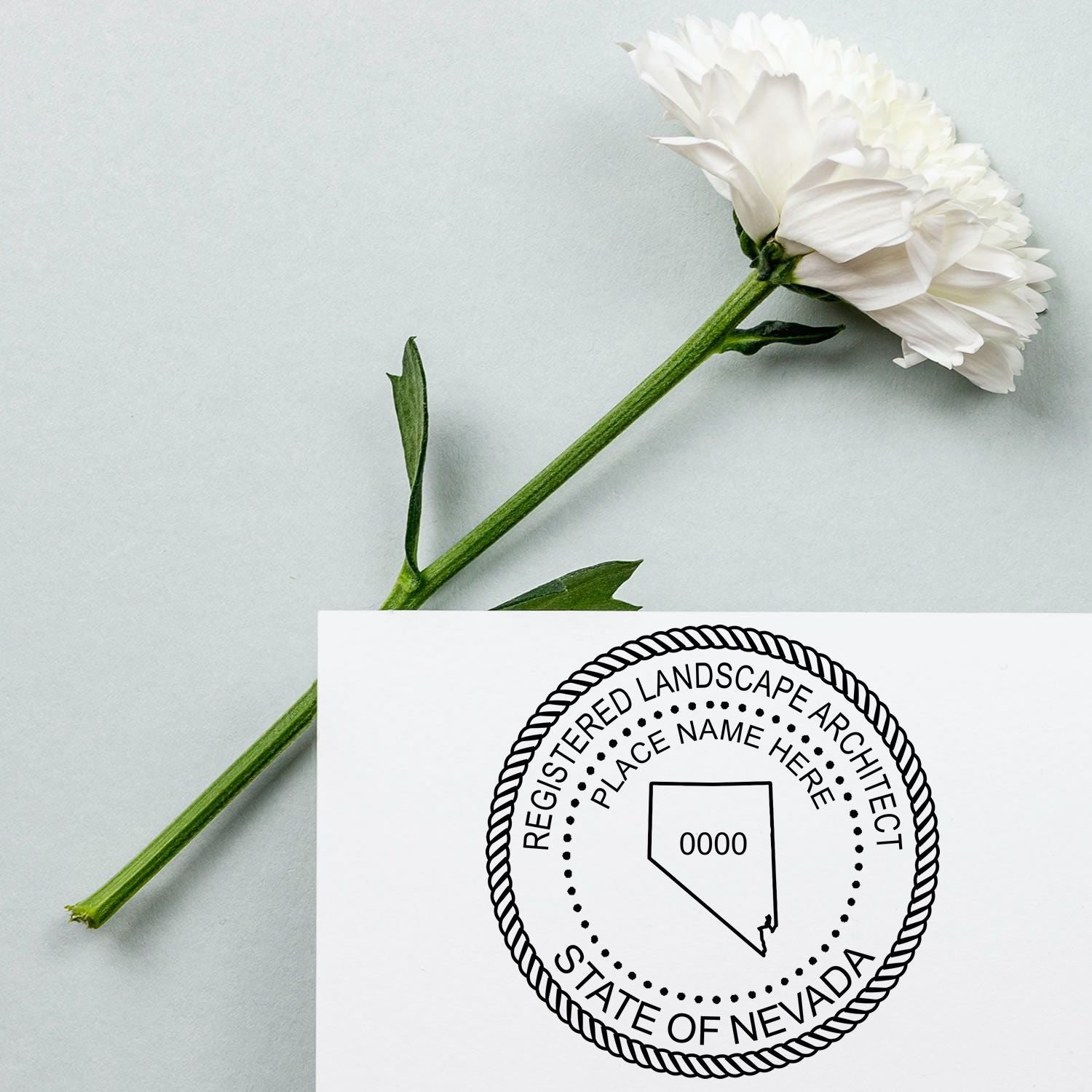 Digital Nevada Landscape Architect Stamp, 6 File Types3008LA-NVSale price$20.00 Regular price$25.00Save 15%
Digital Nevada Landscape Architect Stamp, 6 File Types3008LA-NVSale price$20.00 Regular price$25.00Save 15%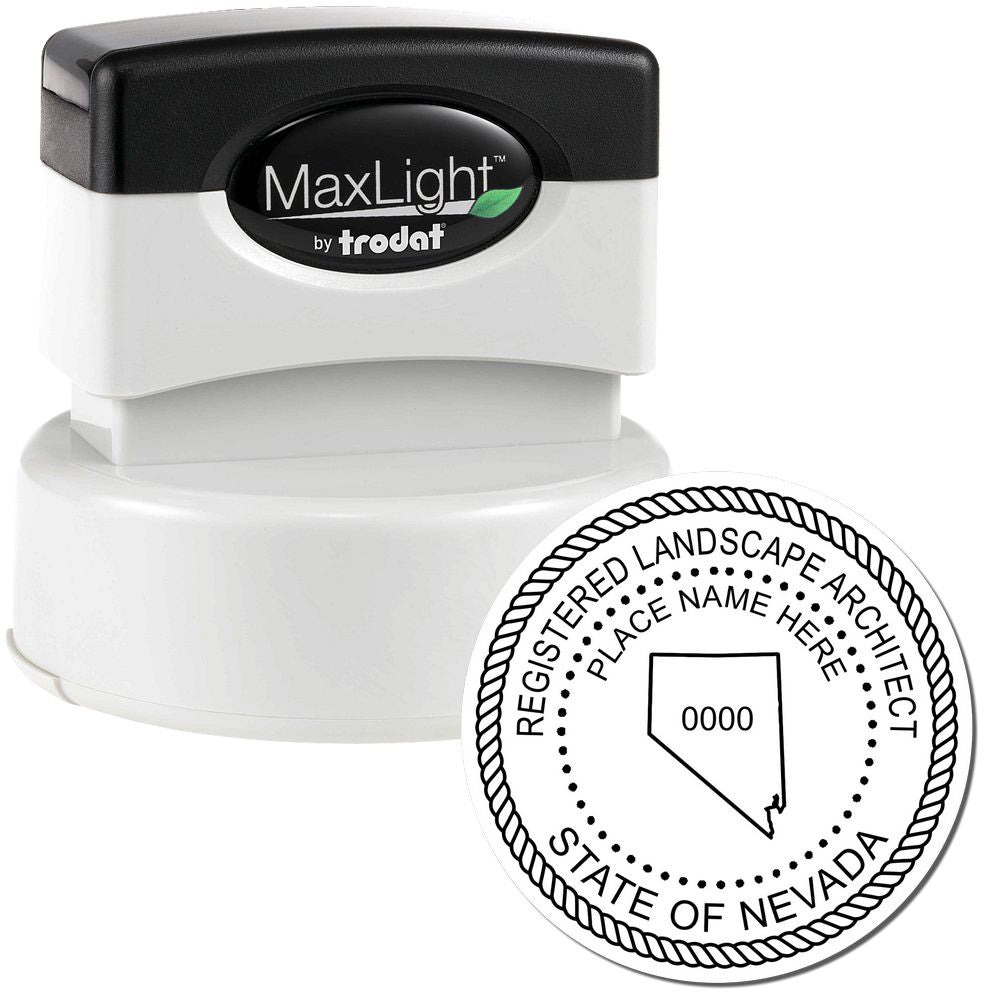
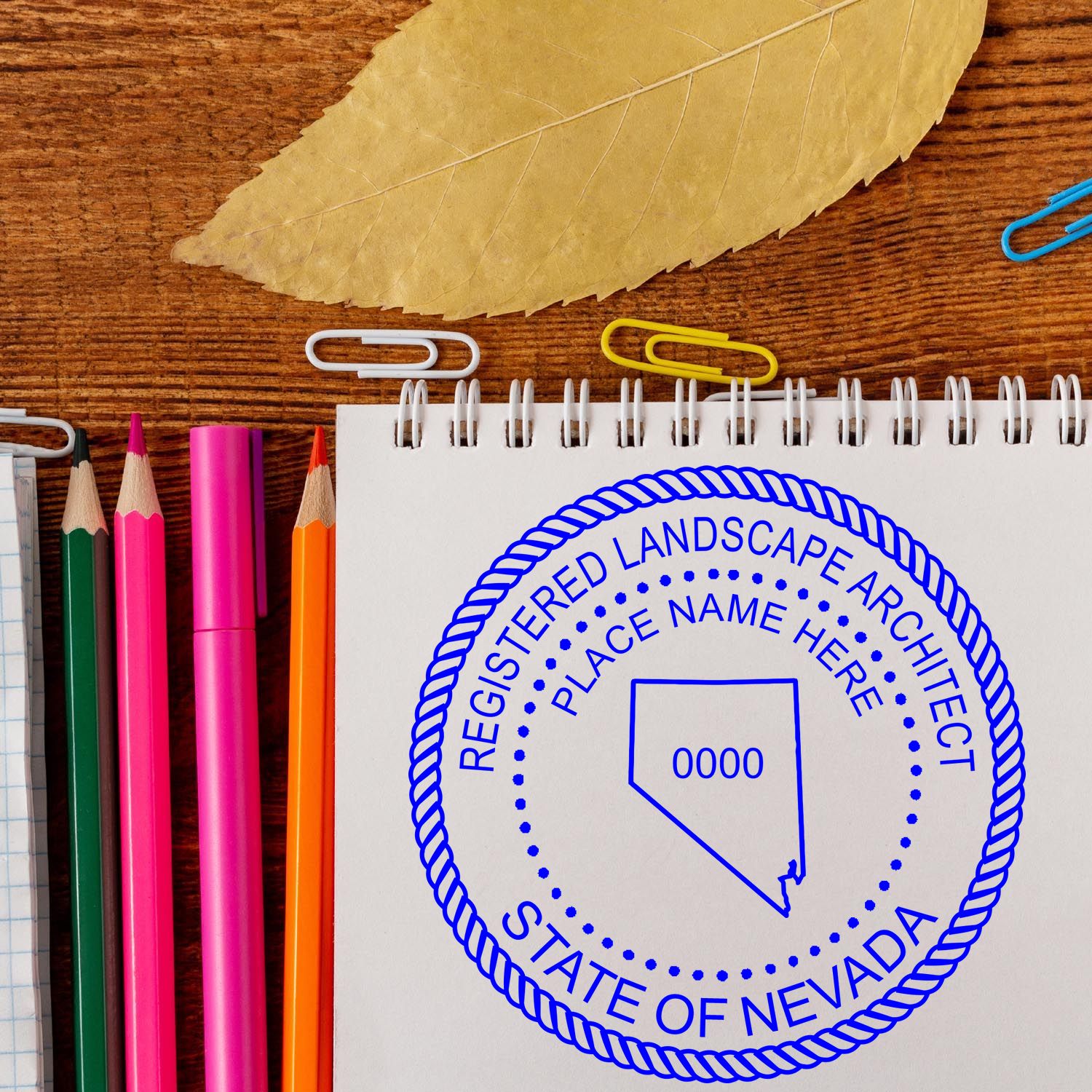 Premium MaxLight Pre-Inked Nevada Landscape Architectural Stamp3021LA-NVSale price$46.95 Regular price$54.95
Premium MaxLight Pre-Inked Nevada Landscape Architectural Stamp3021LA-NVSale price$46.95 Regular price$54.95 -
Notification and issuance: Once your application is approved, you will receive a notification from the NSBAID. Upon payment of the required fees, you will be issued an official architectural stamp or seal.
It is advisable to refer to the NSBAID's official website or contact their office directly for the most up-to-date and detailed information regarding the application process. For more guidance on architectural stamping in Nevada, you can visit our article on architect stamping in Nevada.
By understanding the eligibility requirements and following the application process outlined by the NSBAID, you can obtain the necessary architectural stamp to practice as a licensed architect in Nevada. Remember to stay informed about any updates or changes in the regulations to ensure compliance with the state's architectural stamp guidelines.
Choosing the Right Architectural Stamp
When it comes to selecting an architectural stamp in Nevada, architects must consider various factors to ensure they choose the right one for their specific needs. The architectural stamp serves as a professional seal, representing the architect's expertise and adherence to the regulations set by the state. In this section, we will explore the considerations and factors to keep in mind when selecting an architectural stamp.
Considerations for Selecting an Architectural Stamp
-
Compliance with State Regulations: The most crucial consideration when choosing an architectural stamp is to ensure it meets the requirements set by the state of Nevada. Familiarize yourself with the specific regulations that govern architectural stamps in Nevada. Our article on Nevada Architect Stamp Guidelines provides detailed information on the guidelines architects must follow.
-
Stamp Design and Size: Architects should carefully consider the design and size of the stamp they choose. The stamp should display the architect's name, license number, and the words "Registered Architect" or "Architect." The size of the stamp should be selected based on convenience and legibility.
-
Durability and Quality: Opt for a stamp that is made from high-quality materials, ensuring durability and longevity. A well-constructed stamp will withstand frequent use and provide clear imprints, ensuring the integrity of your professional seal.
-
Customization Options: Some stamp manufacturers offer customization options, allowing architects to add their logo or additional information to the stamp. Consider whether customization is important to you and whether it aligns with your professional brand.
-
Ease of Use: Architects should select a stamp that is easy to handle and use. The stamp should have a comfortable grip and an easy-to-operate mechanism for consistent and accurate impressions.
Factors to Keep in Mind
-
Manufacturer's Reputation: Research and choose a reputable manufacturer when purchasing your architectural stamp. Look for reviews, testimonials, and recommendations from other architects to ensure you are getting a high-quality product.
-
Cost: Consider your budget when selecting an architectural stamp. While it's important to invest in a quality stamp, architects should also be mindful of their expenses. Compare prices from different manufacturers to find a stamp that meets your requirements without exceeding your budget.
-
Delivery Time: Architects should take into account the delivery time when ordering their architectural stamp. Plan ahead to ensure you have the stamp in hand when you need it, especially if you have upcoming projects or deadlines.
By carefully considering these factors and keeping in mind the specific requirements set by the state of Nevada, architects can choose the right architectural stamp that aligns with their professional needs. To learn more about the requirements and regulations for architectural stamps in Nevada, visit our article on Nevada Architect Stamp Requirements.
Tips for Properly Using Architectural Stamps
When it comes to using architectural stamps in Nevada, it's crucial to adhere to the legal requirements and regulations while following best practices. This section provides valuable tips to ensure that architects use their stamps in compliance with the law and industry standards.

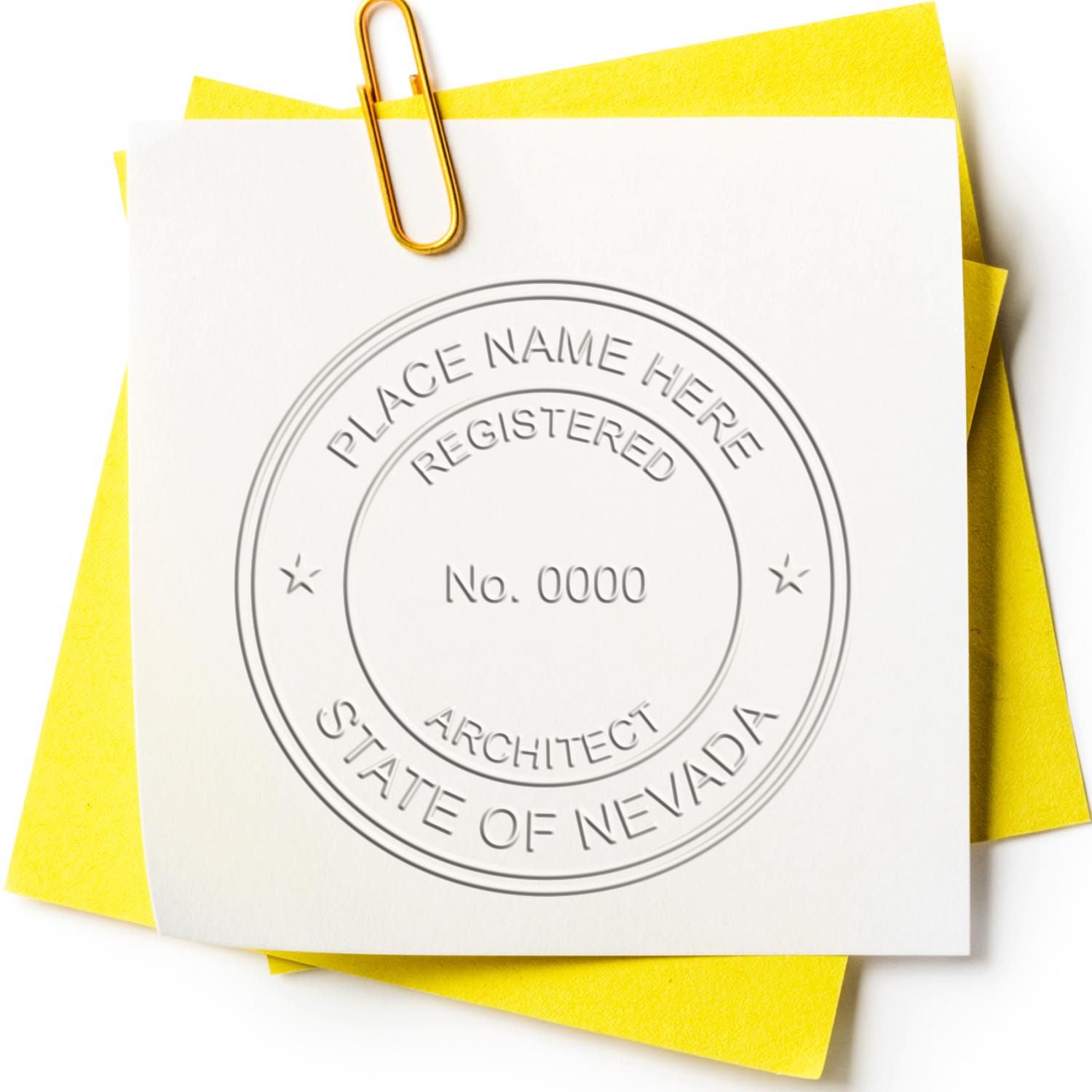
Legal Requirements and Regulations
Architects in Nevada must familiarize themselves with the legal requirements and regulations surrounding the use of architectural stamps. These requirements are set in place to ensure the safety, integrity, and accountability of architectural projects. Here are some key aspects to consider:
-
Licensing Requirements: Architects must hold a valid license issued by the Nevada State Board of Architecture, Interior Design, and Residential Design (NSBAID) to use architectural stamps. The license ensures that architects have met the necessary qualifications and have the expertise to practice architecture in Nevada.
-
Stamping Guidelines: Architects should familiarize themselves with the specific guidelines provided by the NSBAID regarding the use of architectural stamps. These guidelines outline the proper placement, size, and format of the stamp on architectural documents, ensuring clarity and legibility.
-
Stamp Expiration: Architectural stamps have an expiration date, typically tied to the architect's license renewal cycle. Architects should regularly check the validity of their stamp and ensure that it is up to date. Using an expired stamp may be considered a violation of regulations.
For more detailed information on the legal requirements and regulations surrounding architectural stamps in Nevada, refer to our article on Nevada Architect Stamp Guidelines.
Best Practices for Using Architectural Stamps
In addition to complying with the legal requirements, architects should follow best practices when using architectural stamps. These practices contribute to the professionalism and accuracy of architectural documents. Consider the following tips:
-
Consistent Placement: Consistently place the architectural stamp in the same location on each document to establish a recognizable pattern. This helps maintain a professional appearance and facilitates easy identification of stamped documents.
-
Proper Ink Usage: Use high-quality ink that is suitable for stamping on the specified document type. Ensure that the ink is legible, visible, and does not smudge or fade over time. This helps to maintain the integrity and authenticity of the stamped documents.
-
Document Security: Architects should take measures to protect the security of their stamped documents. This includes maintaining control over the stamps, storing them securely when not in use, and using them only on authorized documents. Implementing these security measures helps prevent misuse or fraudulent use of architectural stamps.
For more insights and guidance on using architectural stamps effectively, check out our article on Architect Stamping in Nevada.
By understanding and adhering to the legal requirements and regulations and implementing best practices, architects can ensure the proper use of their architectural stamps in Nevada. This promotes professionalism and accountability within the architectural industry while contributing to the safe and efficient execution of architectural projects.
About ESS
At ESS - Engineer Seal Stamps, precision meets passion. As leading craftsmen in the industry, we meticulously design custom rubber stamps, professional seals, and notary stamps tailored to perfection. But what truly sets us apart is our unwavering commitment to stellar customer service. Every interaction, every product, and every detail is infused with our promise of excellence, further cemented by our esteemed state board guarantee. Our legacy is built not just on the stamps and seals we produce, but on the trust and satisfaction of the professionals we serve. With ESS, you don't just get a stamp; you experience a standard of service that's truly unparalleled.

